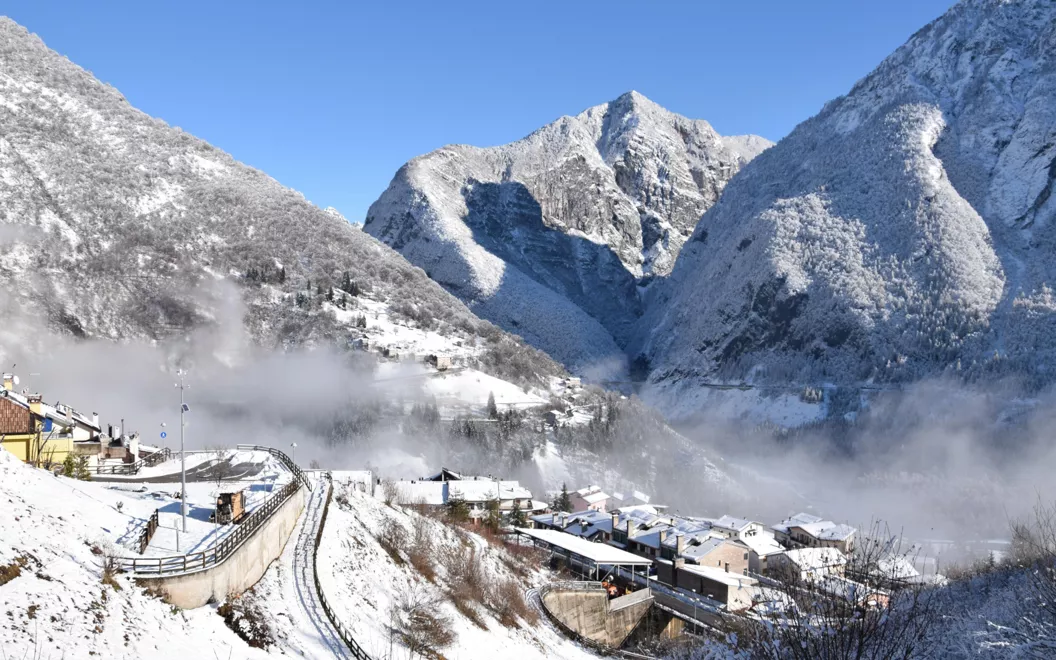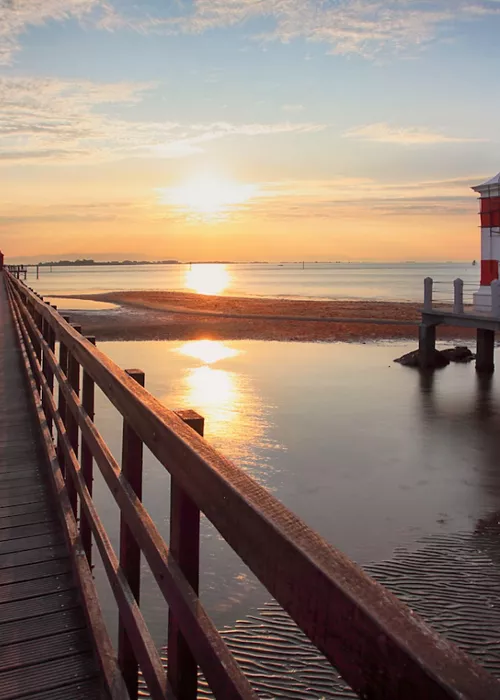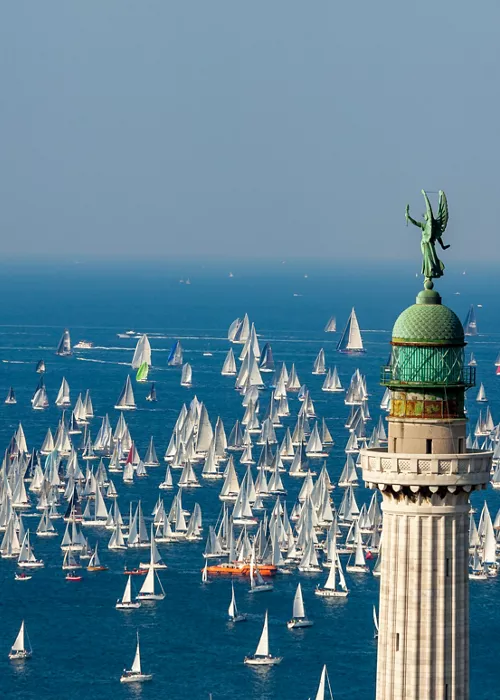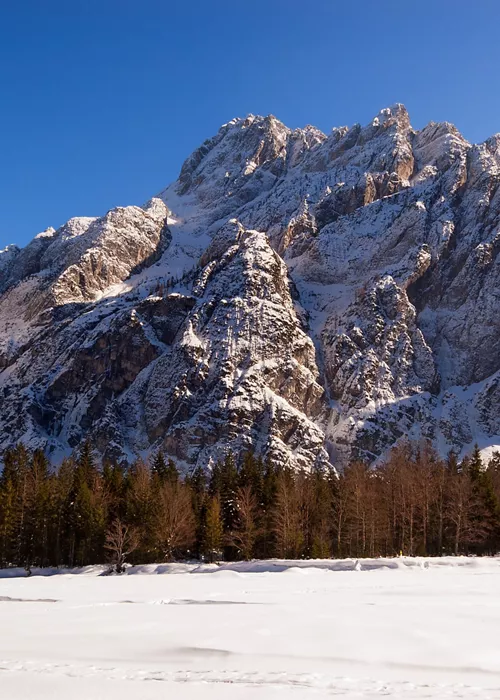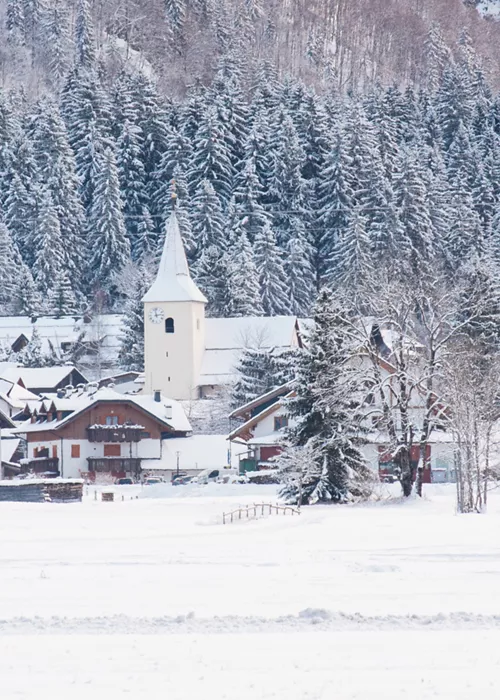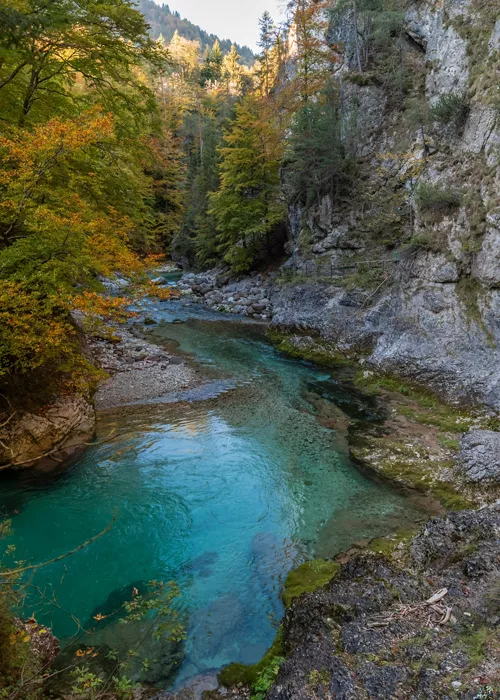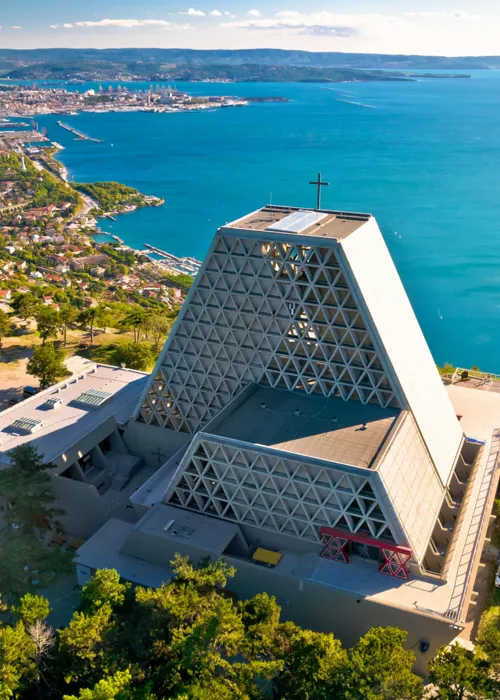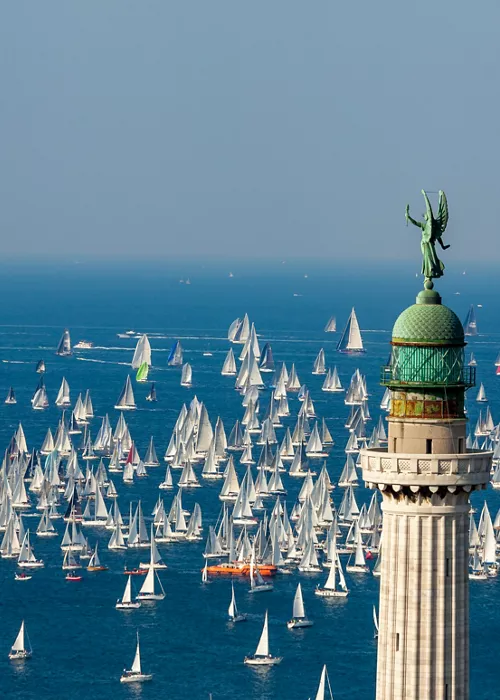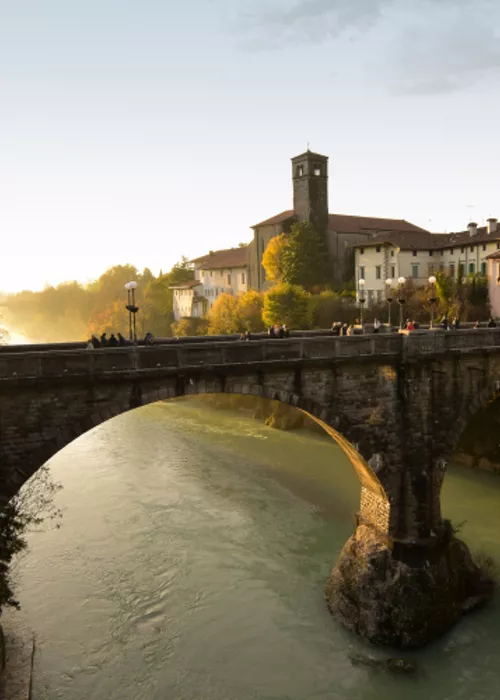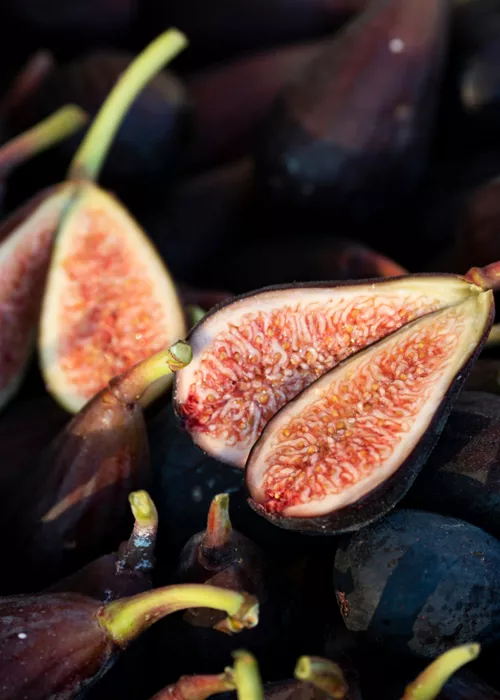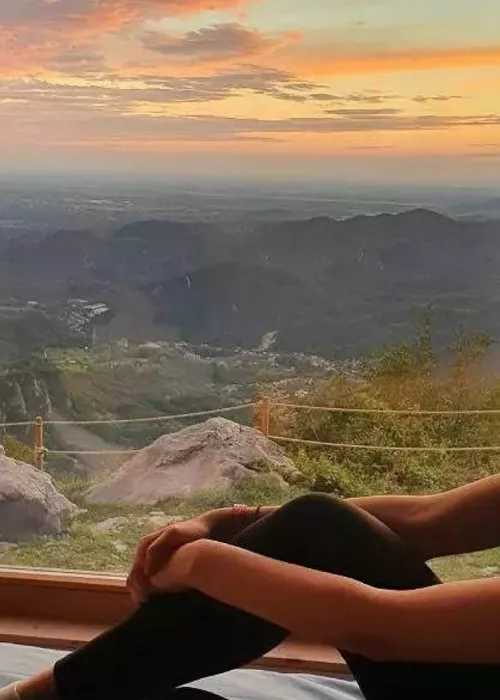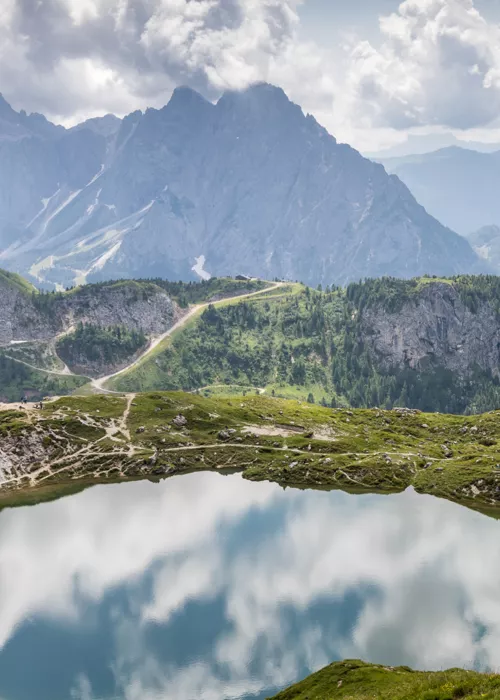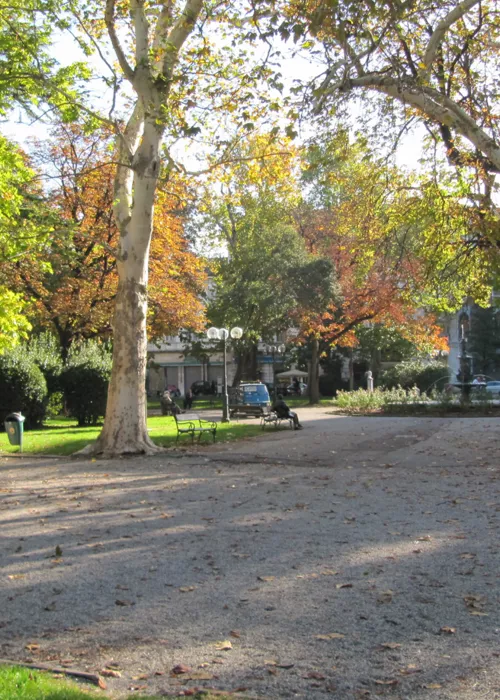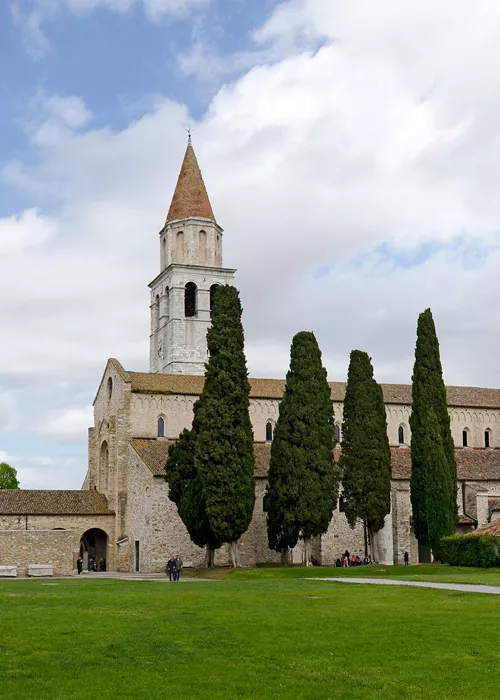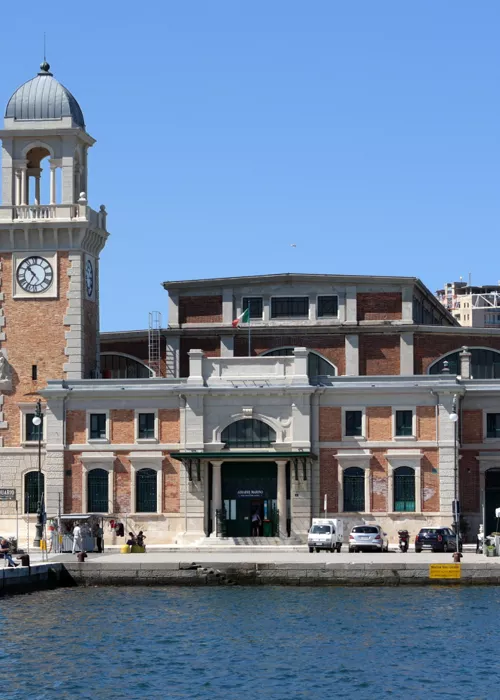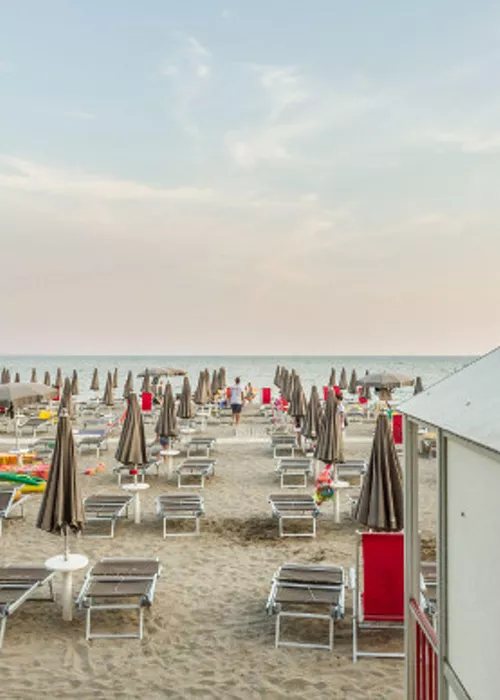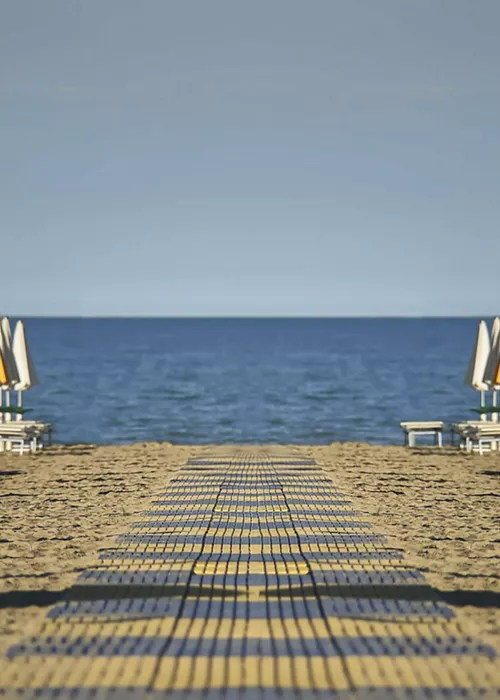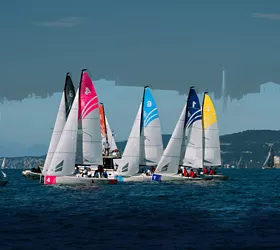Landscapes of Friuli-Venezia Giulia
3 minutes

This is where nature reigns supreme. Embraced by the Carnic Alps and its peaks, many of which exceed 2,000 metres, Carnia has a deeply rooted cultural identity and a great landscape heritage that reflect a strong personality, as do the people living here.
Its peaks, the course of the Tagliamento River, valleys, waterfalls, canyons, high-altitude lakes, villages and towns shape a "northern" landscape with distinctive features, where the softness of the alpine views and the steepness of the mountains dialogue with each other and create an original and harmonious unicum. Ideal environments for experiencing this part of Friuli-Venezia Giulia en plein air, including trekking, winter sports, climbing and other adrenaline-pumping activities.
The boroughs of this area with their architecture, their local cuisine and traditional festivals all speak of a peculiar and "secluded" place, taking pride in its roots, which have now become an asset for rewarding and harmonious tourism. Witness of excellence of such qualities is one of the greatest Italian poets, an affectionate visitor of these lands: Giosuè Carducci.
In the unspoilt nature of the Friulian Dolomites Natural Park
Dolomites, an absolute beauty of mountains that hides nothing and exalts everything: the colours, the shapes, the harmonies that are created with their surroundings, whether natural or human. A mountain chain acknowledged as a World Heritage Site that embodies one of the most famous landscapes in Italy and Europe. The grandeur of these stone giants has been an inspiration to the populations that inhabit them to the point of constituting an essential reference for their own cultural identity. Hardly anyone can remain indifferent to their unspeakable fascination, so much so that they are universally considered "the most beautiful mountains on earth".
The key characteristics of these peculiar landscapes are many. Firstly, the extremely articulated topography, secondly, the unusual diversity of shapes that mark them vertically (peaks, spires, bell towers, pinnacles, towers, teeth) and horizontally (ledges, roofs, ledges, plateaus).
But it is above all the exceptional variety of colours and the striking contrast between the soft lines of the grasslands and the sudden vertical development of mighty peaks that make these mountains unique. The words used to express the characteristics of the Dolomites match exactly the categories of the Sublime: verticality, grandeur, monumentality, torment of form, essential purity, intensity of colour, awe, mystical asceticism, transcendence.
The Karst, pure nature
A rocky limestone plateau stretching along the eastern border of Friuli-Venezia Giulia, the Karst is one of Italy's most precious natural gems, disclosing its complex geological magic, meant to amaze mankind with incredible shapes, colours and dimensions. Its landscape is captivating with its ruggedness and a string of dolines, caves, canyons and cliffs that plunge into the Adriatic Sea as if to tie all of Friuli's nature together.
The views from the Karst encapsulate so much of the landscape of this region in all its richness and variety; even the intense historical memories have found a way to give peace and pride to this poetic and discreet land, concrete and at the same time dreamy.
The Friulian coast, sun-kissed and windswept
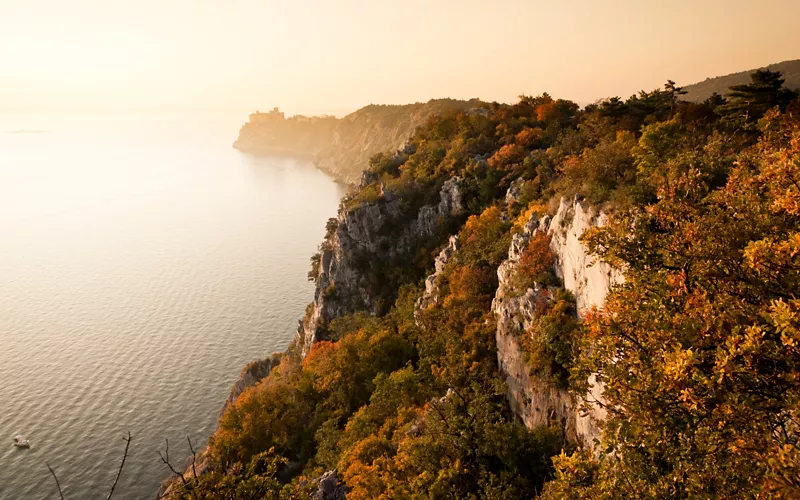
Once you leave the vertical landscapes behind, you move on to the wide golden shores and rocky coastlines of the Friulian Riviera. The westernmost part is made up of wide, sandy beaches that make the Grado and Marano lagoons hospitable and comfortable, turning several resorts with a long bathing history into famous places. Here the sand is so beautiful and bright that it has even given its name to the most famous one: Lignano Sabbiadoro. Heading east towards Trieste, everything changes. An Adriatic Sea of great environmental value, so much so that it has various Nature Reserves to protect it, bathes Friuli on shores that become a scenery of unrepeatable rock, a pictorial spectacle where the brushstrokes are those given by the astonishing patterns of the depths and surfaces of the Karst that extend as far as the sea, by the lights of the Mediterranean maquis, by the elegance and suggestion of the castles on the cliffs, by the surprising force of the Bora.
The Friulian flatlands and countryside, fertile and generous lands
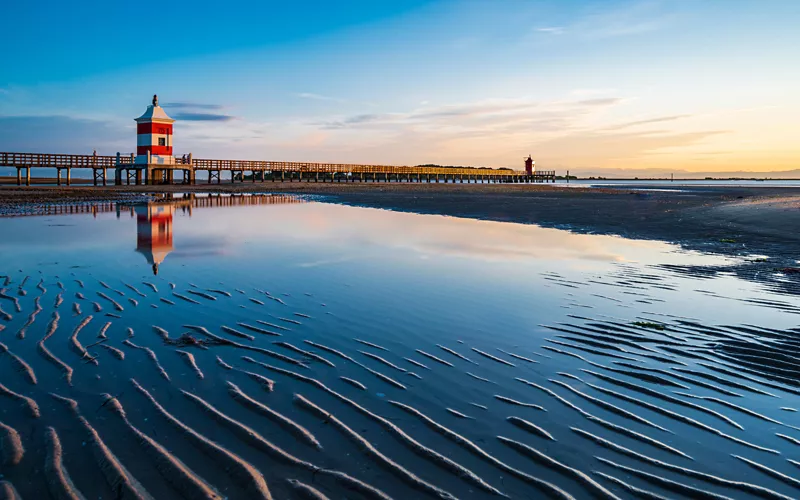
"The first Friuli is all flatland and sky": when a region can boast the words of an illustrious figure like Pierpaolo Pasolini and those of one of the most important Italian poets of the 20th century, Umberto Saba, it is difficult even to say more.
It is perhaps only fitting to note that the hills and plains of Friuli that slowly descend towards the sea, presenting a colourful succession of environments and landscapes, clearly inspire profound thoughts, tracing the illuminating path of poetry, not only for those who are able to travel it, but a little for all those who find themselves crossing it as attentive travellers.
This is a fertile and generous territory, rich in watercourses of rare beauty, from the Tagliamento to the Isonzo, which offers many excellences and narrates an ancient history, rural and artistic at the same time.

